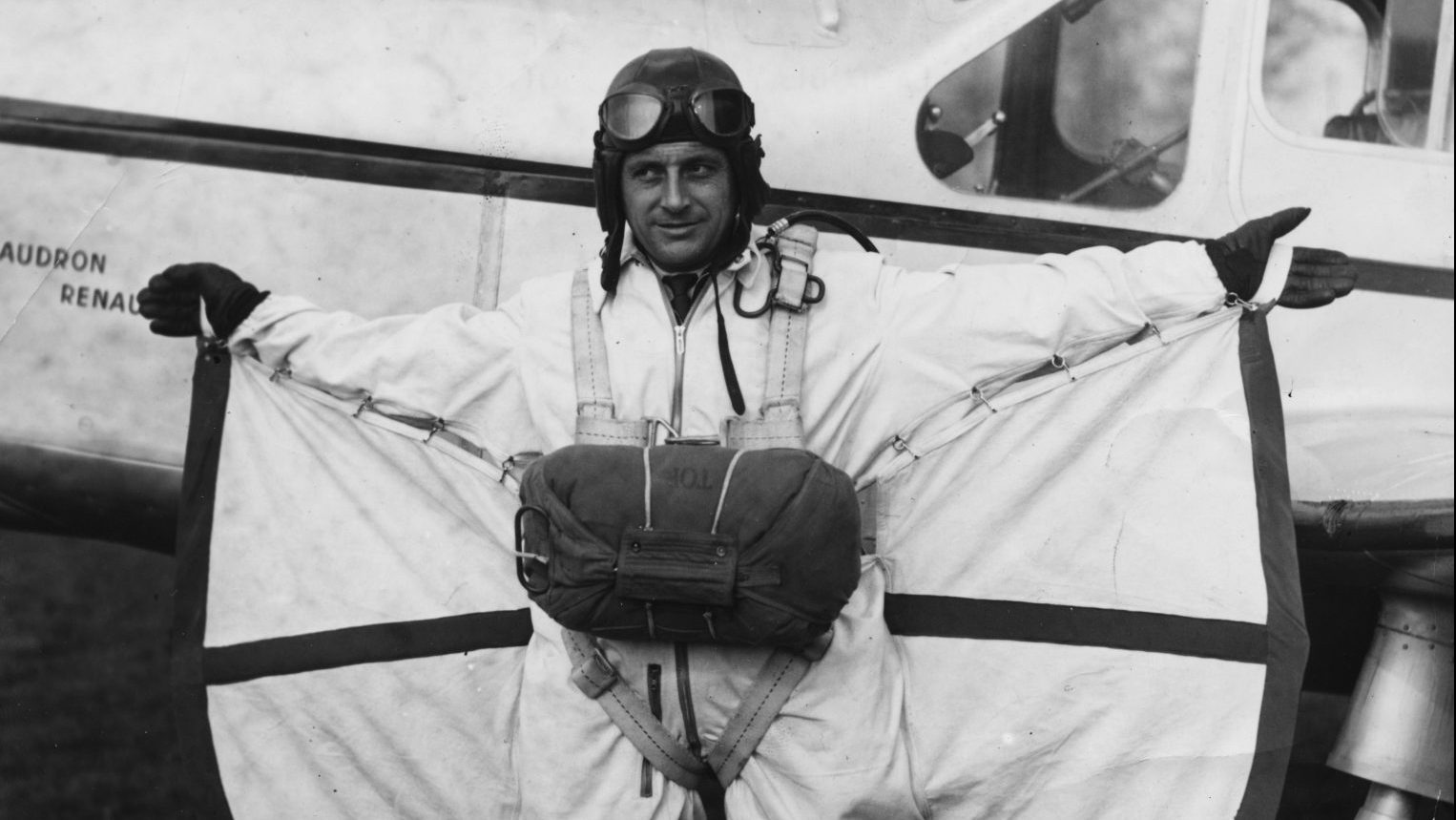Linguistic scientists are rarely given the privilege of discovering a hitherto
entirely unknown dialect of English. But, rather remarkably, this is what
happened to Professor Daniel Long, an American linguist from Tennessee
who teaches Japanese dialectology, in Japanese, to Japanese students in Tokyo.
One day in the 1990s, he was watching a Japanese television travel documentary about the Bonin Islands. The Bonins are an island chain in the northern Pacific Ocean, about 520 nautical miles to the southeast of Japan and rather further to the north of the Northern Marianas Islands of Micronesia. The islands are called Ogasawara in Japanese, and one of them is Iwo Jima, famous as the site of one of the crucial battles of the second world war.
At one point in the documentary, there was an interview, filmed on the islands, with an older man who spoke fluent native Japanese. But he looked to be of European origin, and his name was the very un-Japanese Abel Savory. This led Long to do some research on the history of the islands, and then to take the 28-hour boat trip from Tokyo to the Bonins, where he encountered Mr Savory in the street, spoke to him in English, and received a very friendly reply – in English. The rest is linguistics history: more or less everything we know about the dialect of English spoken in the Bonin Islands is due to Daniel and his pioneering work.
The uninhabited islands were first discovered by the Spanish navigator Ruy López de Villalobos in 1543. They were nominally claimed by the USA in 1823, and by Britain in 1825. But they were not settled until 1830, and then unofficially, by 15 people: five seamen – two Americans, one Englishman, one Dane, and one Italian; and ten Hawaiians, five men and five women. They communicated in English, because it was the only language all of them could manage, although in some cases not very well. This community was later gradually joined by whalers, shipwrecked sailors, and drifters of different origins, leading to the development of a unique, blended form of English.
The settlers lived freely, and beyond the control of any national government, for a couple of generations until Japan claimed the islands in the 1870s. Then, within a few years, the original settlers and their children and grandchildren, who never numbered more than about 100, had been outnumbered by incoming Japanese colonisers. But the “westerners”, as the English-speaking people of mixed European and Pacific Island descent came to be called, retained a sense of their own unique identity which lasted even
throughout the second world war and until the present day.
Today there are two main centres of habitation in the Bonin Islands: the principal and original settlement on Chichijima, and a much smaller one on the island of Hahajima. The current population of the islands is about 2,000. Most of them now are of Japanese origin, and the local dialect of English is weakening.
But as late as the 1950s there were westerners on the Bonins who were still monolingual English speakers. Mr George Webb, who was born in 1870, could not speak Japanese although he had lived on Japanese territory all his life, including through the 1930s when using English provoked strong suspicion among the Japanese authorities in the build-up to the second world war.
MICRONESIA
The Ancient Greek word for island is nesos. Micronesia means ‘(region of) small islands’. Polynesia means ‘many islands’, Austronesia ‘south islands’,
and Melanesia ‘black islands’ – a reference to the relatively dark skin colour of the inhabitants. Indonesia is the ‘(East) Indian Islands’ – the archipelago stretches from the Indian Ocean eastwards to the Pacific.




